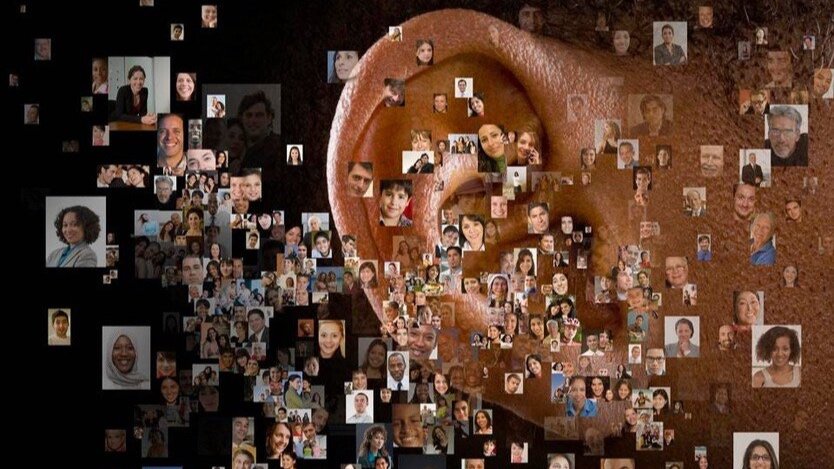Making sense of the alphabet soup of experience
Chantel Wilson Chase - Science-based Insights Professional for the Human Experience, HX, CX, EX
UX, CX and EX… What’s the difference really? At its simplest, nothing. It’s the subject’s vantage point in the experience – that’s it. Are they the user, the customer or the employee? Oftentimes, they are two (or three) of them. The real question is are we listening and allowing their insight to guide the (hopefully continuously improved) journeys, developments and actions? I hope we are.
In my last article, I spoke about data listening. And that’s what I want to continue here. Does the vantage point matter? Yes. But there is more in common than there is different.
UX (User Experience) generally speaks to systems and aims to provide the best experience for the user of that system. We think of things like hiding fields and guiding one along the system experience. The goal is to make systems (platforms) easier and more intuitive for users to – well to use – the system. Users can be employees or customers, or both.
EX (Employee Experience) focuses on internal customers and generally measures the various milestones and stages of employment in a company. In setting up a comprehensive listening strategy, companies often see lower churn and higher eNPS scores (provided they listen and act on the voice of the employee).
CX (Customer Experience) looks at the various journeys a customer takes as they navigate through the buying (or returning) process. Whatever the engagement with your organization and brand is – that’s what CX is. It could be an interaction with a customer service chatbot or even a note on the company's Facebook page! ANY engagement constitutes CX.
In all these Fill-In-the-Vantage-Point Experience, there are two components that are woven in all.
1. A human (Seems simple, doesn’t it. Made me smile typing it)
2. An interaction, engagement, or experience.
It's the Human Experience. By breaking it down to its simplest elements (what I love to do), we make our solutions just as clear.
1. Data – collect some, it’s out there anyway
2. Listen – put resources into this, it is the key.
Illustrating in a simple way does not imply the solutions are easy. They are not. On the contrary, solutions are often extremely complex, time-consuming and challenging. But I firmly believe, if Einstein, who simplified confusing complicated physics into layman’s terms believed, “Everything should be made as simple as possible, but no simpler”, then I ought to give it a go. #datalistening
